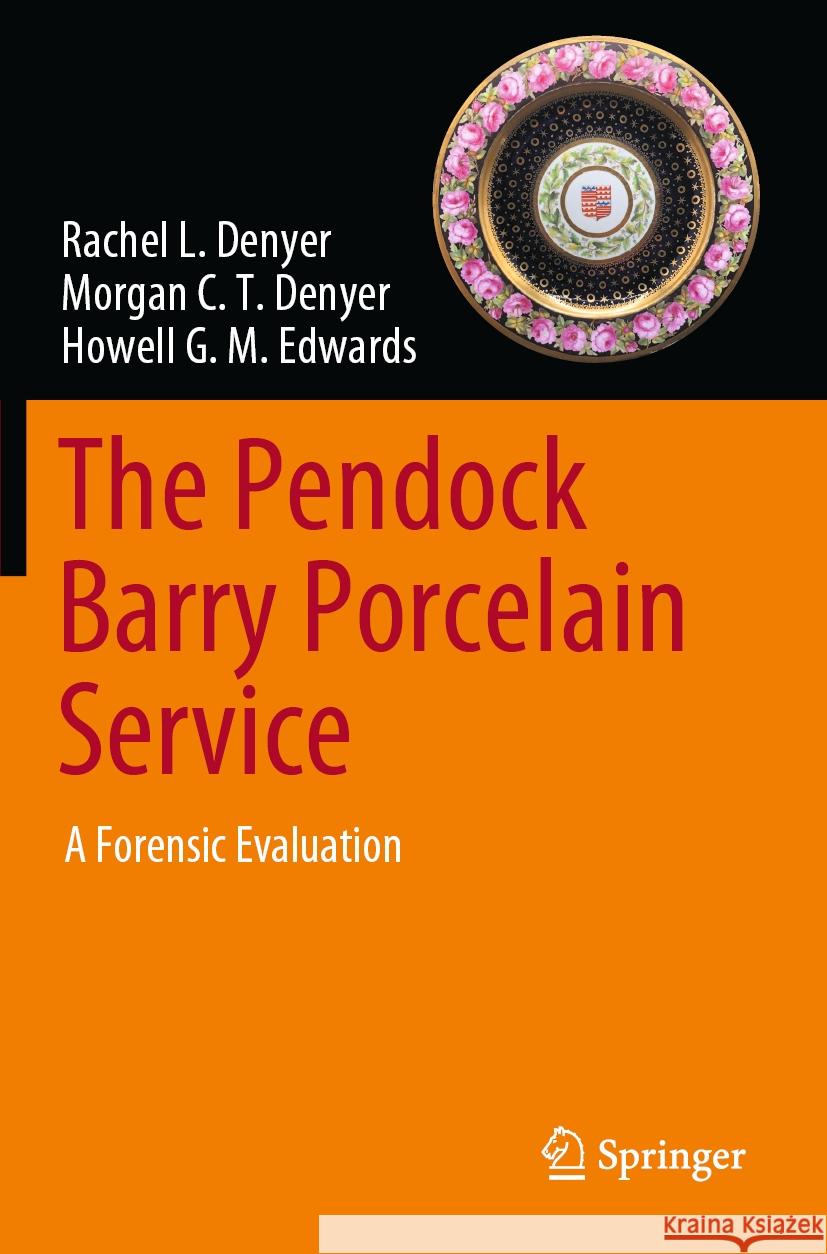The Pendock Barry Porcelain Service » książka
The Pendock Barry Porcelain Service
ISBN-13: 9783031258152 / Angielski / Miękka / 2024
The Pendock Barry Porcelain Service
ISBN-13: 9783031258152 / Angielski / Miękka / 2024
(netto: 461,12 VAT: 5%)
Najniższa cena z 30 dni: 424,07
ok. 22 dni roboczych.
Darmowa dostawa!
Heraldic devices first appeared on ceramics in Western Europe from the sixteenth century onwards; however, it was not until the 1760s that British ceramic manufactories began executing commissions for services displaying heraldic devices for the gentry. This book explores the rise of the new gentry class and the market for armorial services through the case study of the Pendock Barry service. The case study is presented from three angles. It looks at Pendock Neale Barry (1757–1833) who commissioned the service, then considers the evidence for attributing the service to the Derby factory during the period 1805–1810, and finally looks at the evidence supporting an attribution of the decoration to Billingsley. The case study sets out a novel approach to understanding heraldic devices on ceramics by bringing together the disciplines of detailed genealogical research, cultural knowledge, and chemical analytical compositional data. This multidisciplinary approach enables the armorial services to be considered and understood through the lens of heritage, culture, and science.











